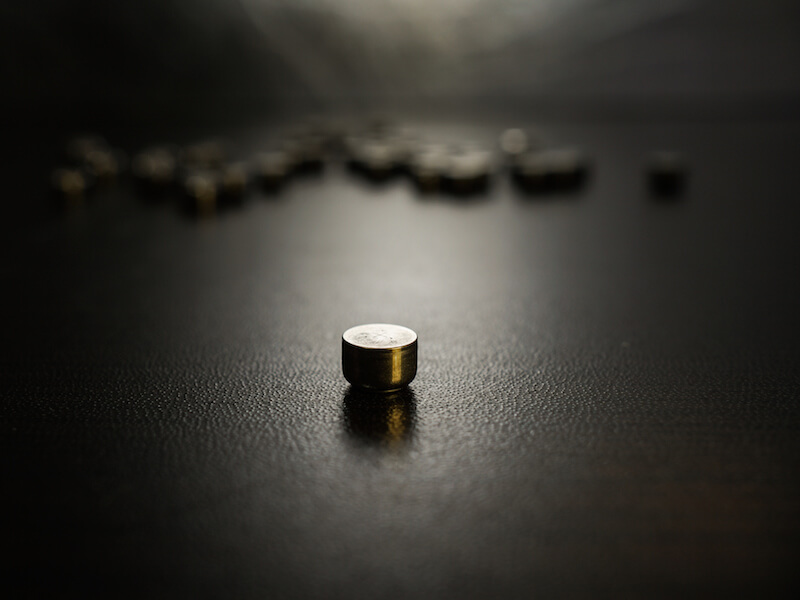
From cameras to phones to music players, how we power our electronics has evolved. A powerful, rechargeable hearing aid battery is finally realizing the hopes of hearing aid manufactures to replace the antiquated disposable power sources of the past.
Disposable hearing aid batteries have historically been the power source of choice amongst manufacturers, with size 312 batteries serving as one of the more prevalent battery types. Nowadays, the most popular version of these batteries is generally known as a “zinc-air” battery.
The Drawback to Disposable Hearing Aid Batteries
The presence of air effects a zinc-air battery, as the name suggests. The user needs to tear a small tab off the back of a 312 zinc-air battery to activate it.
They will begin losing power as soon as they are completely oxygenated. That means power is beginning to deplete even if the user isn’t ready.
The biggest disadvantage to disposable batteries, for most users, is how short they last. With 312 batteries, the user may be changing the batteries in their hearing aids about 120 times every year because they drain in 3 to 12 days according to some reports.
That also means users may need to purchase 120 batteries, spend the time twice a week to replace them, and correctly dispose of each. That’s probably over $100 in batteries from a cost outlook alone.
Advancements in Rechargeable Batteries
Luckily, for hearing aid users looking for another alternative, there have been significant advancements to rechargeable hearing aids that now make them a viable option.
The vast majority of people would use rechargeable hearing aids if given an option according to various research. In the past, these models were impractical because they didn’t maintain a charge long enough. However, recent developments now enable an entire day of use per charge.
Users won’t see significant cost benefits by changing to rechargeable batteries, but where they will see a demonstrated improvement is in quality of life.
On top of providing 24 hours of charge time, these contemporary models result in less frustration for the user, since there’s no more changing and correctly disposing of batteries. They just need to place the battery on the charger.
A disposable battery approaching the end of its life simply can’t operate at full power. And you can’t tell how close the battery is to quitting. Because of this, users chance putting themselves in a position where their battery may die at a critical time. A dead battery will not only lead to a safety hazard, it could cause the user to miss important life moments.
Types of Rechargeable Hearing Aid Batteries
Rechargeable batteries come in various different materials, each providing unique advantages. The ability to maintain a charge for 24 hours is one reason why integrated lithium-ion batteries are one viable option that manufacturers supply. You might be surprised to learn that this same type of technology is what charges and powers your cellphone.
Another type of contemporary rechargeable battery is a silver-zinc. Originally, these revolutionary batteries were developed for Nasa’s moon missions. You can even use this technology to update and retrofit the existing hearing aids you’re comfortable with by changing the device to rechargeable power. These batteries, similar to lithium-ion, will also last all day before needing to be recharged.
There are also models that allow you to recharge the hearing aid without taking out the battery. During the night, or at some other time when the hearing aid isn’t in use, the entire hearing aid can be placed directly into the charger
Whichever solution you choose, rechargeable batteries will be substantially better than disposable batteries. You just need to do some research to decide which solution is ideal for your needs.
Check out our hearing aid section if you’re looking for more information about what battery would be best for you or any other info about hearing aids.